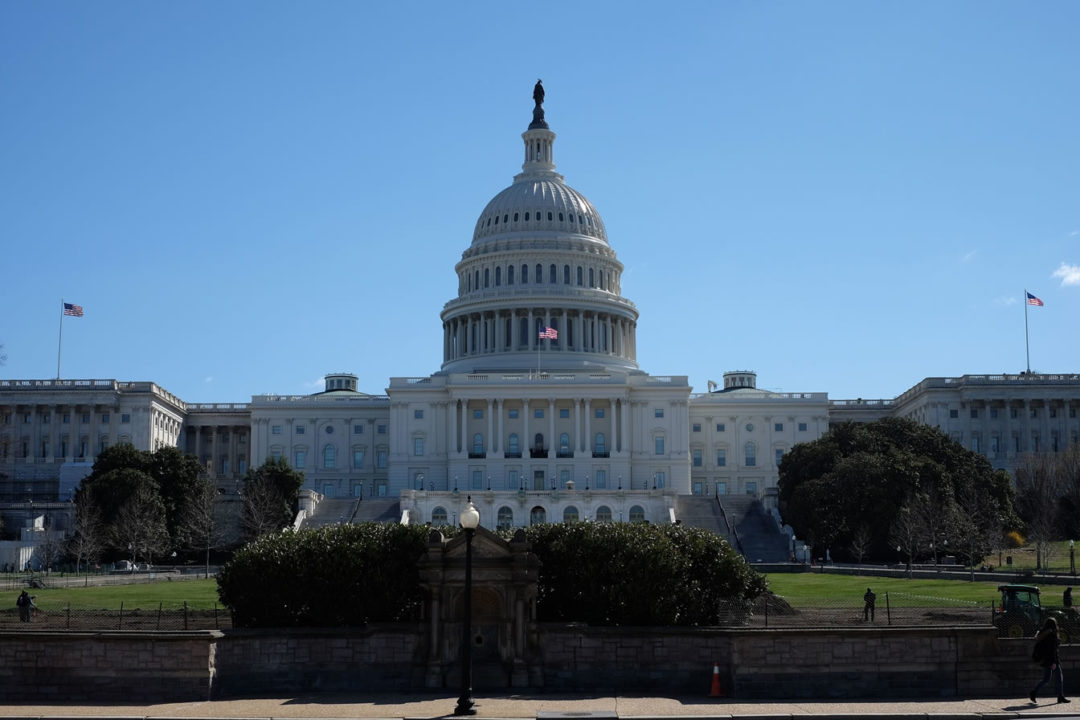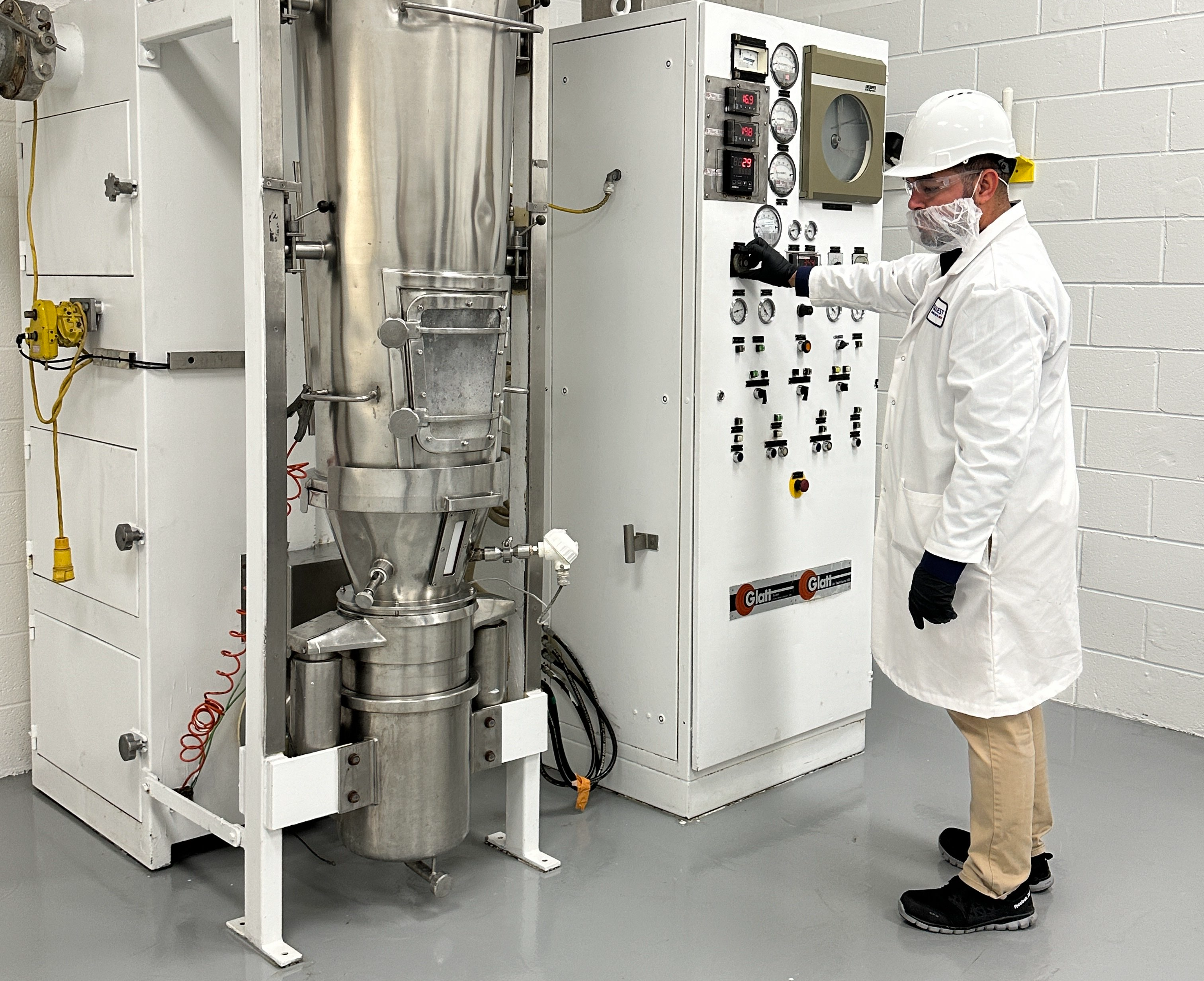
New Spending Bill Allocates Funding to Promote GMOs

It is additionally controversial considering that members of Congress receive campaign contributions from biotech companies. According to the report which cites the Center for Responsive Politics, agribusiness interests donated $26.3 million to political campaigns. A more specific example is Rep. Robert B. Aderholt (R-Ala.), the chair of the House agriculture appropriations subcommittee and a defender of the GMO education funding, who received $10,000 from Monsanto in 2016.
Proponents of the program argue that the measure is important in order to tighten the disparity between scientific consensus and public opinion. Two different studies by the Pew Research Center found that 39% of consumers believe that GMOs are worse for human health while nearly 90% of American Association for the Advancement of Science members agree that GMOs are perfectly safe. Public opinion of GMOs is certainly reflected in the continued growth of the natural products industry as consumers more actively seek our natural, organic and non-GMO foods and other products.
Indeed, our industry actively advocates against the use of GMOs in dietary supplements, foods and even cosmetics for both human health and environmental reason. Even if GMOs themselves were proven safe, the increased use of herbicides that has been associated with GMOs would pose enough of a threat to farm workers, consumers and the environment. Unfortunately, they are a huge industry, GMOs making up 80% of the United States’ corn and soy products, meaning that there is very little incentive to curb GMO use and a larger incentive to promote its use. This education campaign appears to make clear, if it wasn’t already, our government’s position on the use of GMOs.

The editorial team at WholeFoods Magazine has decades of experiences reporting on natural products industry news, trends, and more. This national, monthly business-to-business magazine has been published continuously for nearly 40 years (the magazine was founded in 1977, and has been owned by Wainer Finest Communications since 1984). It is the longest-tenured media outlet of its kind in the natural products industry. The editorial focus at WholeFoods Magazine is, and always has been, on informing and educating members of the natural products industry.
The Magazine
Information
About Us
NOTE: WholeFoods Magazine is a business-to-business publication. Information on this site should not be considered medical advice or a way to diagnose or treat any disease or illness. Always seek the advice of a medical professional before making lifestyle changes, including taking a dietary supplement. The opinions expressed by contributors and experts quoted in articles are not necessarily those of the publisher or editors of WholeFoods.







